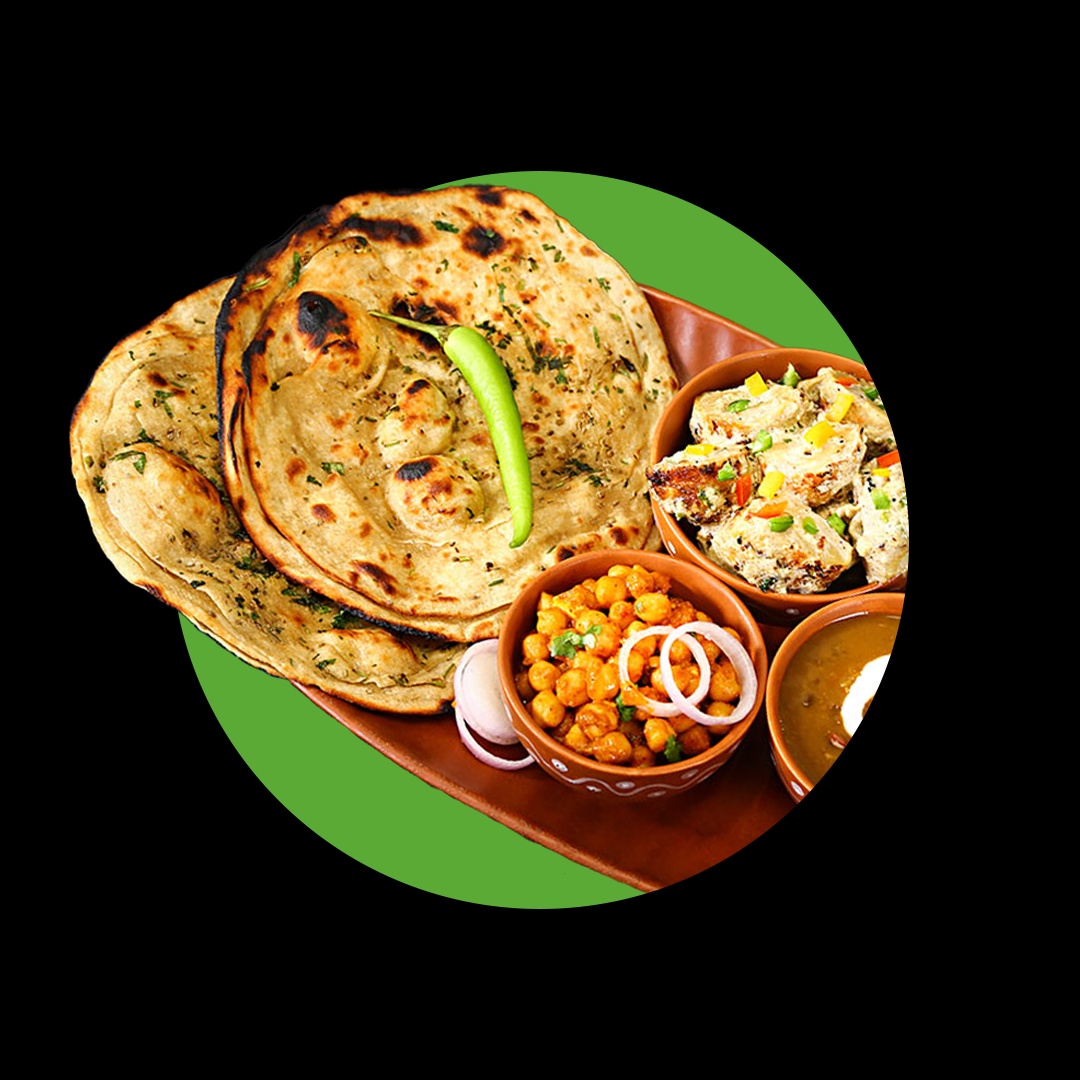Dried food has been a staple of human diets for centuries, offering convenience, preservation, and nutrition in a compact and long-lasting form. From fruits and vegetables to meats, grains, and herbs, drying is a time-honored method of food preservation that removes moisture to inhibit the growth of bacteria and spoilage. In this comprehensive guide, we'll delve into the world of dried food, exploring its benefits, various types, and how it can enhance your culinary repertoire and lifestyle.
Benefits of Dried Food
- Extended Shelf Life
- Drying removes moisture from food, significantly extending its shelf life compared to fresh counterparts.
- Properly dried and stored food can last for months or even years without spoiling, making it an excellent option for emergency preparedness or long-term storage.
- Nutrient Retention
- Contrary to popular belief, drying preserves many of the vitamins, minerals, and antioxidants found in fresh food.
- While some nutrient loss may occur during the drying process, many essential nutrients remain intact, ensuring that dried food remains a valuable source of nutrition.
- Convenience and Portability
- Dried food is lightweight, compact, and requires no refrigeration, making it ideal for camping, hiking, backpacking, and travel.
- Preparing dried meals is quick and easy, requiring minimal cooking time and equipment, perfect for busy lifestyles or on-the-go meals.
- Reduction of Food Waste
- Drying allows you to preserve excess or surplus food, reducing waste and ensuring that seasonal produce can be enjoyed year-round.
- By dehydrating fruits, vegetables, and herbs at their peak freshness, you can enjoy their flavors and nutritional benefits long after the harvest season has ended.
Types of Dried Food
- Dried Fruits
- Dried fruits such as raisins, apricots, apples, and bananas are popular snacks and ingredients in baking, cooking, and trail mixes.
- They provide a concentrated source of vitamins, fiber, and natural sugars, offering a sweet and satisfying alternative to sugary snacks.
- Dried Vegetables
- Dried vegetables like tomatoes, peppers, mushrooms, and onions add flavor, texture, and nutrition to soups, stews, sauces, and casseroles.
- They are also convenient for rehydrating and adding to salads, stir-fries, and pasta dishes, providing a burst of color and flavor to your meals.
- Dried Meats
- Dried meats, such as jerky and biltong, are popular protein-rich snacks and staples in many cuisines around the world.
- They are lean, portable, and long-lasting, making them ideal for outdoor activities, road trips, and protein-packed snacks on the go.
- Dried Grains and Legumes
- Dried grains like rice, quinoa, oats, and pasta are pantry staples that can be stored for extended periods without spoiling.
- Dried legumes such as beans, lentils, and chickpeas are versatile ingredients that provide protein, fiber, and essential nutrients to a variety of dishes.
- Dried Herbs and Spices
- Dried herbs and spices add flavor, aroma, and depth to culinary creations, enhancing the taste of soups, sauces, marinades, and seasonings.
- They are convenient for storage and use, offering a convenient way to incorporate a variety of flavors and aromatics into your cooking.
How to Dry Food at Home
- Air Drying
- Air drying is the simplest method of food dehydration, involving the exposure of sliced or chopped food to circulating air until moisture is evaporated.
- It can be done using a food dehydrator, oven, or simply by hanging food in a well-ventilated area with low humidity.
- Oven Drying
- Oven drying involves placing sliced or chopped food on baking sheets and drying it in a low-temperature oven.
- It requires careful monitoring to prevent over-drying or burning, but it can be an effective method for drying small batches of food at home.
- Dehydrator
- Food dehydrators are specialized appliances designed for drying food quickly and evenly.
- They typically consist of trays or racks that allow air to circulate around the food, along with adjustable temperature and timer settings for precise drying.
- Sun Drying
- Sun drying is a traditional method of food preservation that involves laying food out in the sun to dry naturally.
- While it requires warm, sunny weather and low humidity, it can be an effective and energy-efficient method of drying fruits, vegetables, and herbs in certain climates.
Conclusion
Dried food offers a convenient, nutritious, and versatile option for preserving and enjoying a wide range of foods year-round. Whether you're looking to reduce food waste, stock your pantry for emergencies, or enhance your culinary repertoire, drying is a time-tested method of food preservation that has stood the test of time. By exploring the various types of dried food and learning how to dry food at home, you can incorporate this ancient practice into your modern lifestyle and reap the benefits of flavorful, nutritious, and long-lasting meals for you and your family.


No comments yet